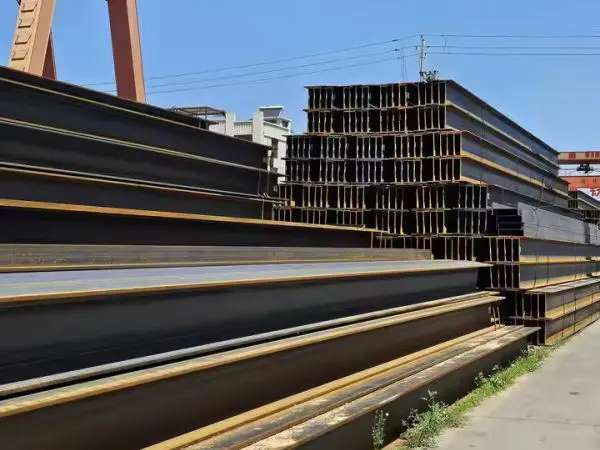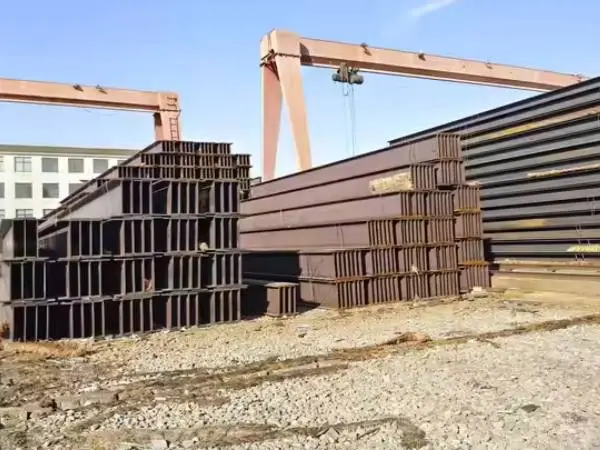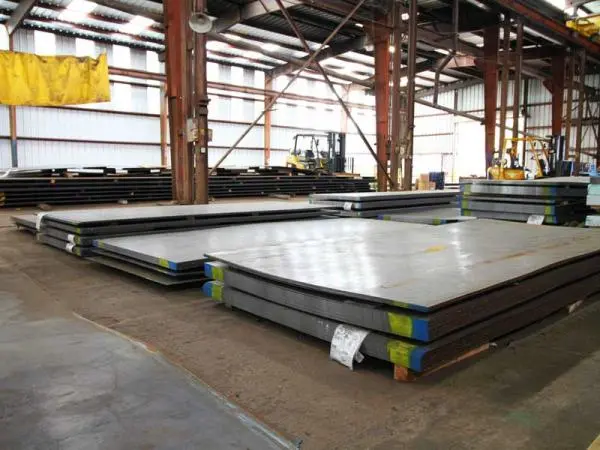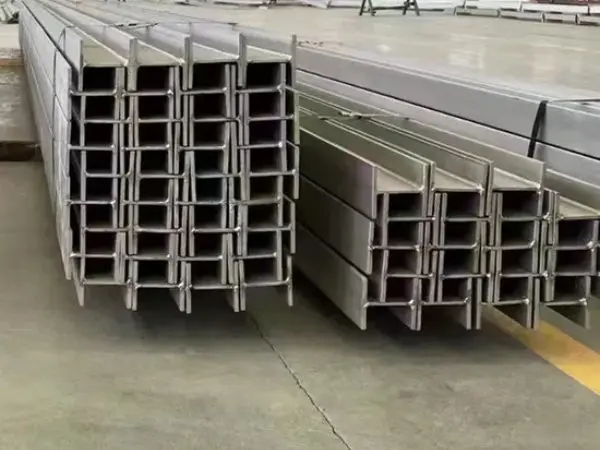- Phone0086 731 8564 8255
- E-mailsales@cscsteel-manufacturing.com
-

The base material for 3PE anti-corrosive steel pipes includes seamless steel pipes, spiral steel pipes, and straight seam steel pipes. The three-layer polyethylene (3PE) anti-corrosive coating is widely utilized in the petroleum pipeline industry due to its excellent corrosion resistance, low water vapor permeability, and robust mechanical properties.
Introduction to the Anti-Corrosion Layer of 3PE Anti-Corrosive Steel Pipe
The anti-corrosion layer of the 3PE anti-corrosive steel pipe is vital for the longevity of buried pipelines. While some pipes made from similar materials can remain corrosion-free for decades, others may experience leaks within just a few years. This disparity often stems from the use of different outer coatings.
The 3PE anti-corrosion structure consists of three layers:
First Layer: Epoxy powder (FBE > 100µm)
Second Layer: Adhesive (AD) 170-250µm
Third Layer: Polyethylene (PE) 2.5-3.7mm
These materials are seamlessly combined during processing, creating a durable anti-corrosive layer that adheres firmly to the steel pipe. The application methods are typically categorized into two types: winding and round mold coating.
Advantages of the 3PE Anti-Corrosive Layer
The coating of the 3PE anti-corrosive steel pipe begins with an epoxy powder that bonds to both the base layer and the surface of the steel pipe. The middle layer consists of a copolymer adhesive featuring branched structural functional groups, while the top layer is made of high-density polyethylene. This three-layer polyethylene anti-corrosion coating represents a sophisticated blend of the 2PE coating commonly used in Europe and the epoxy powder coatings (FBE) prevalent in North America. It has gained global recognition and application for over a decade.
Inspection Process for 3PE Anti-Corrosive Steel Pipes
The inspection of anti-corrosive steel pipes involves a thorough assessment to ensure they meet the criteria for insulated steel pipes. This includes checking for corrosion and removing any surface imperfections. After derusting and applying the anti-corrosion treatment, the steel pipe is encased in polyethylene to form a complete unit. Once the head is repaired, polyurethane foam is injected to fully fill any gaps, followed by a comprehensive inspection of the finished insulated steel pipes.
Applications of 3PE Anti-Corrosive Steel Pipes
3PE anti-corrosive steel pipes have diverse applications, including:
- Water supply and drainage systems in underground coal mines
- Underground spraying and ventilation for positive and negative pressure
- Gas drainage and fire sprinkler systems
- Process water and return water pipelines in thermal power plants
- Water supply pipelines for sprinkler and anti-sprinkler systems
- Cable protection sleeves for power, communication, and transportation networks
- High-rise building water supply, heating networks, and gas transportation
- Process pipelines for transporting corrosive media in industries such as petroleum, chemicals, and pharmaceuticals
- Sewage treatment discharge pipes and biological pond anti-corrosion projects
- Agricultural irrigation, deep well pipes, and drainage networks
In summary, 3PE anti-corrosive steel pipes are essential in modern construction, and with advancements in science and technology, their future applications are expected to be even more impressive.




